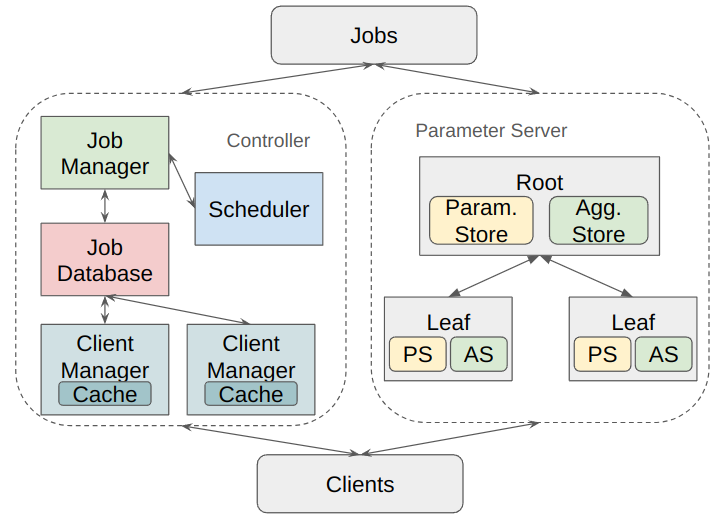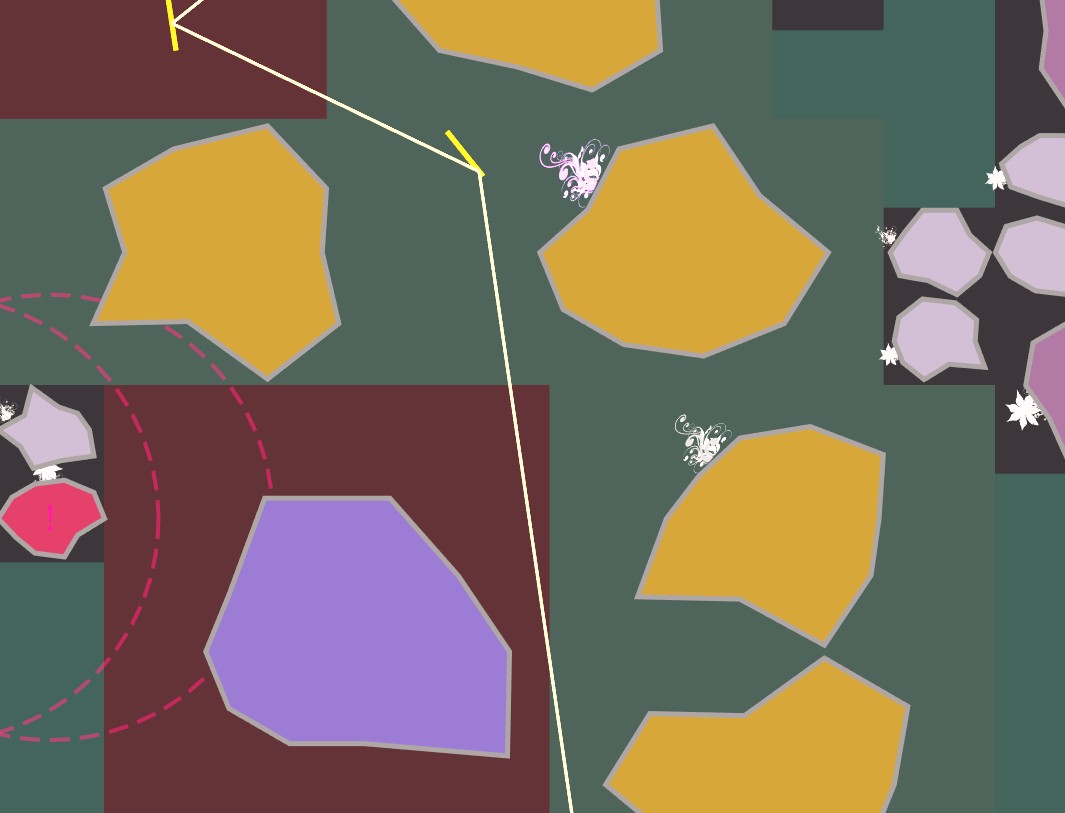
|
Eric Ding 丁鼎 SymbioticLab | UMich CSE | SJTU ECE Email: ericding (at) umich (dot) edu |
Hi! I'm a senior student studying Computer Science at the University of Michigan, and Electrical and Computer Engineering at Shanghai Jiao Tong University.
I am fortunate to be advised by Mosharaf Chowdhury at SymbioticLab. I am also working with Jiachen Liu and Fan Lai to solve fundamental system problems, such as communication efficiency and edge compute resource management, for wide-area, geo-distributed machine learning and analytics.
My passion revolves around systems, networking, and machine learning. Specifically, I have worked on building a scalable software system for large-scale federated learning, optimizing an advanced scheduler for federated training acceleration, and enhancing embedded communication protocols to improve data fidelity. By designing scalable systems and robust architectures, I hope to democratize ML to make our world a better place.
Last updated: 12-28-2023
Publications
Venn: Resource Management Across Federated Learning Jobs
Jiachen Liu, Fan Lai, Ding Ding, Yiwen Zhang, Mosharaf Chowdhury
[arXiv:2312.08298]
WASP: Wearable Analytical Skin Probe for Dynamic Monitoring of Transepidermal Water Loss
Anjali Devi Sivakumar, Ruchi Sharma, Chandrakalavathi Thota, Ding Ding, Xudong Fan
ACS Sensors 2023
[paper]
Selected Projects
Propius is a federated learning (FL) resource management system, employing a microservice architecture based on gRPC protocol and Redis database. The system provides a clean abstraction on top of the device-level heterogeneity over the network, and supports various scheduling policies for different objectives. Venn, an advanced scheduling policy for FL job completion time (JCT) optimization, is deployed in Propius.

Venn is an FL scheduler that efficiently schedules ephemeral, heterogeneous devices among many FL jobs, with the goal of reducing their average job completion time (JCT). Venn proposes a contention-aware scheduling heuristic to minimize the average scheduling delay, and a resource-aware device-to-job matching heuristic that focuses on optimizing response collection time by mitigating stragglers. Our evaluation shows that, compared to the state-of-the-art FL schedulers, Venn improves the average JCT by up to 1.88X.

WASP: Wearable Analytical Skin Probe, is a wearable closed-chamber hygrometer-based device. WASP uses an in-house communication protocol that operates atop I2C and Bluetooth Low Energy protocols. This protocol enables fast and reliable wireless communication between microcontrollers, ensuring high-fidelity data collection. WASP has been successfully deployed in experimental setups, measuring insensible sweating (TEWL) for early disease detection.

Tennis Ball Collector is an autonomous robot dedicated to collecting objects such as tennis balls. It can:
- Automatically search objects via an object detection model and a direction control feedback loop
- Collect objects using a spinning rotor, monitored and controlled by a infrared gate sensor
- Detect and avoid obstacles through ultrasonic sensors with noise filtering algorithms
- Operate in a robust and safe manner thanks to a well-defined finite state machine

Light Strider: Embark on an exciting journey! Light Strider is a captivating front-end web game written in ELM. You'll take charge of directing light beams through intricate mazes, strategically employing mirrors and light splitters to avoid obstacles. The game leverages intricate graph algorithms to generate infinite game maps. Give it a try!
